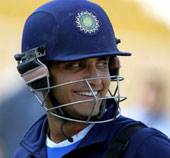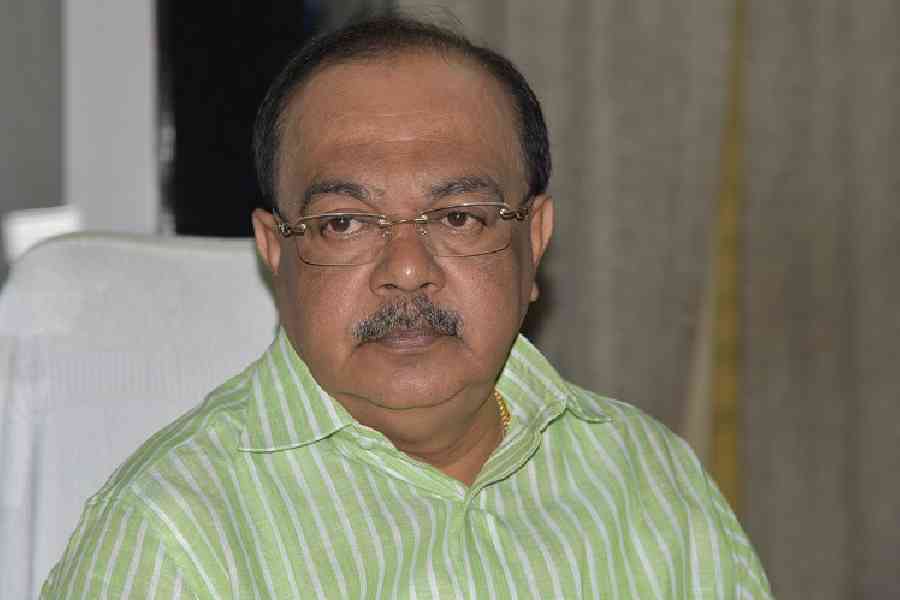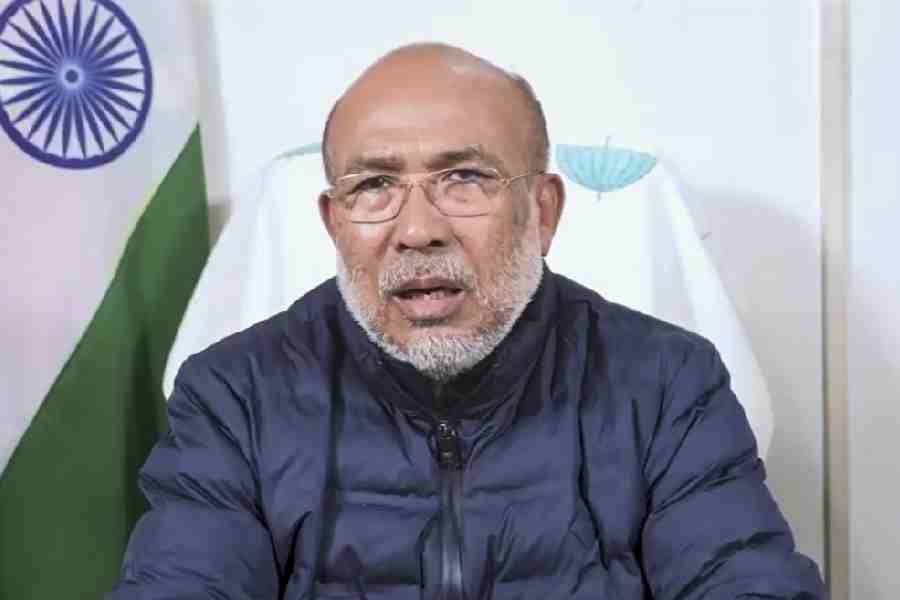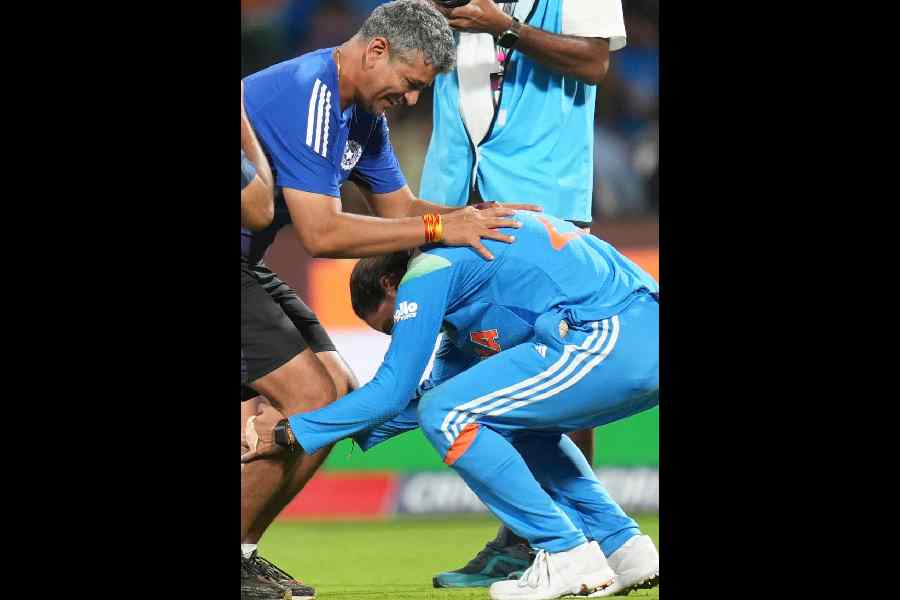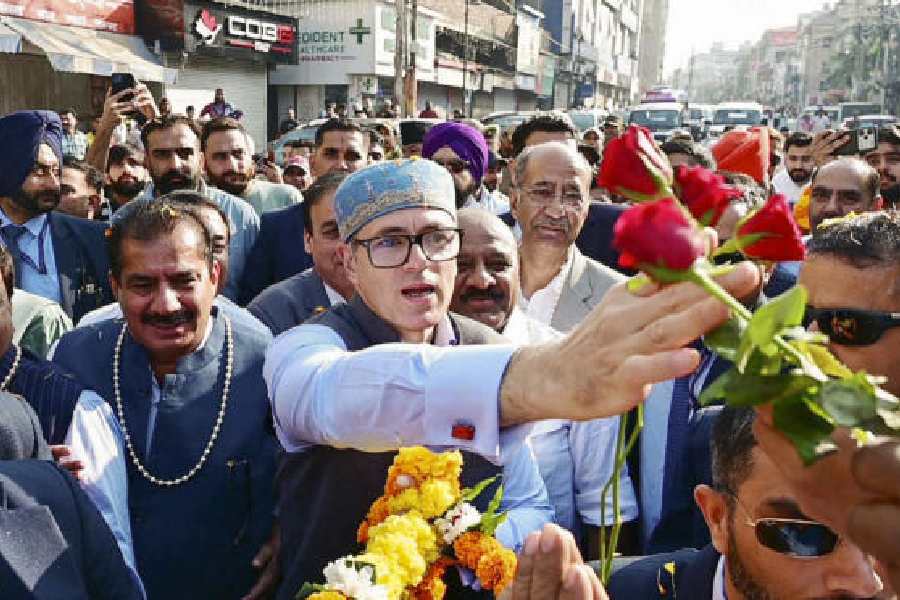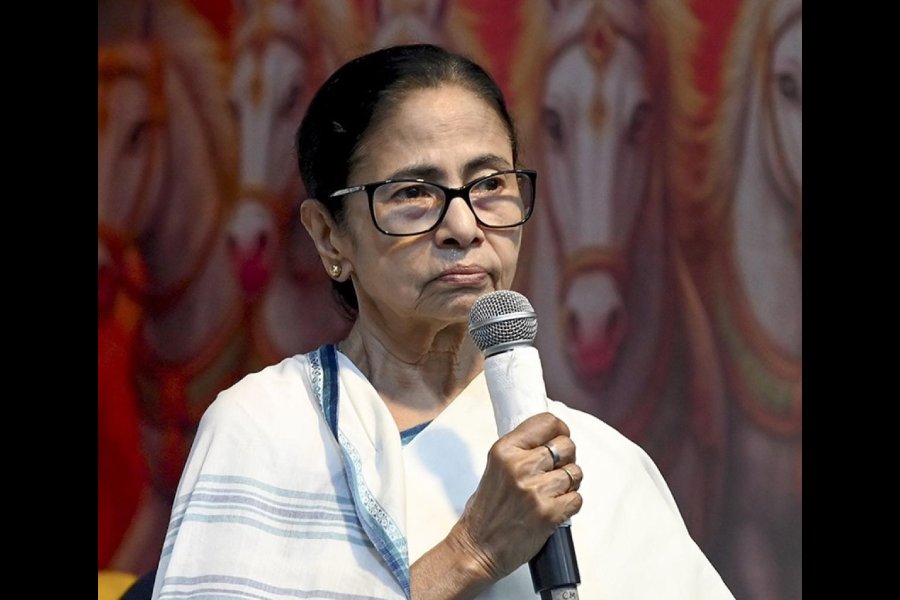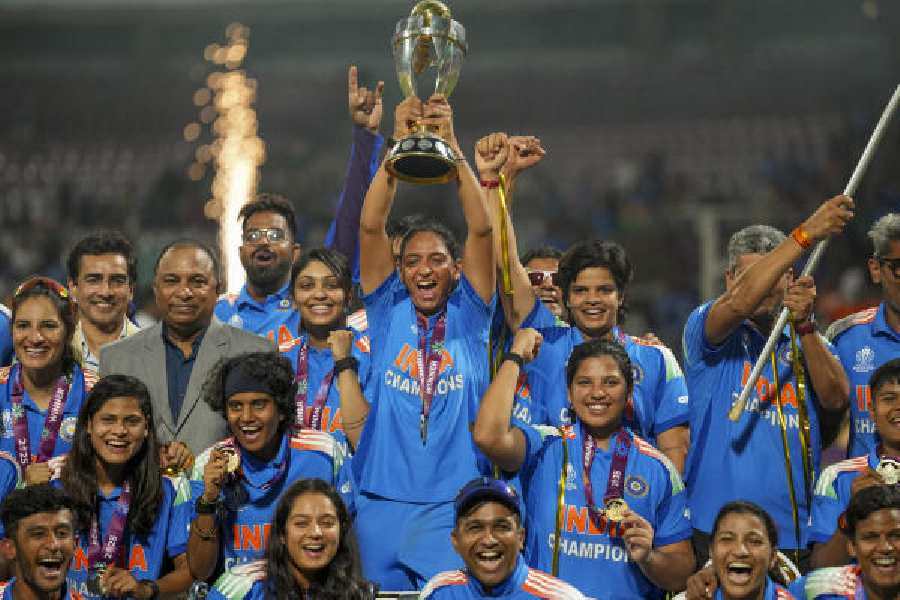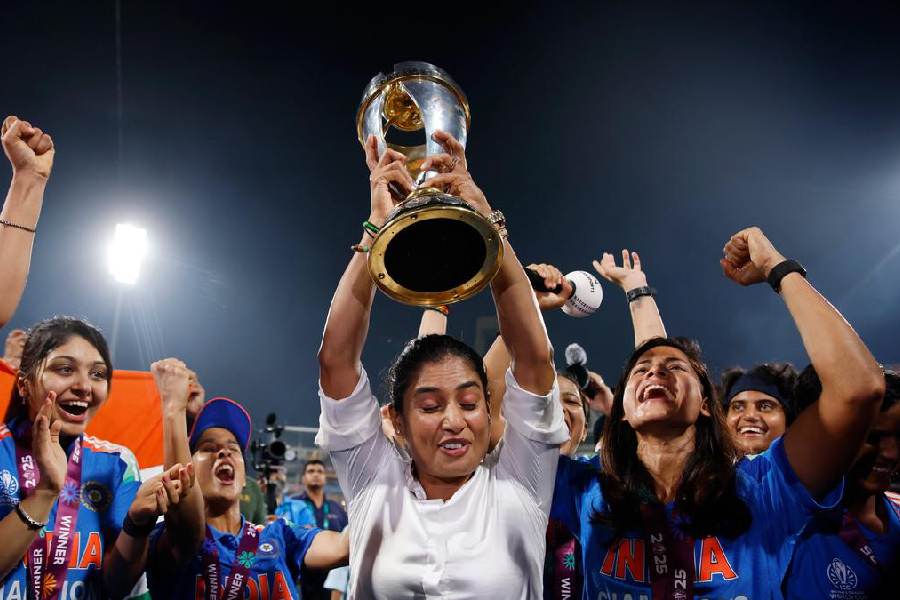 |
 |
| Favourite Bengali icon • Sourav Ganguly 38% • Amartya Sen 23% • Sushmita Sen 7% • Others 32% |
Blame it on the season. When Durga comes knocking at her mother’s door, the crisis seems more acute than ever before. There she is, single-handedly, if you’ll pardon the pun, ridding the world of evil. And there’s all of Calcutta, desperately hankering for a local icon. Durga would have filled the situation that has been lying vacant for over a year now if she weren’t so steeped in mythology. But as things stand today, the city is abysmally short of new icons.
Bankimchandra Chattopadhyay is dead. Rabindranath Tagore is dead. Satyajit Ray is dead. And Sourav Ganguly is not being allowed to play. In a festive season, things couldn’t be more dismal.
For a city forever in search of icons, these are bad times. Which is why people are still reluctant to let go off the former skipper of the Indian team. India was playing the West Indies and Australia in Malaysia without him, but back home the Prince of Calcutta is still being feted by his subjects. A survey conducted by Mode for The Telegraph indicates that 38 per cent still sees Sourav as the most favoured Bengali icon.
Rahul Dasgupta, a 32-year-old bank employee, tells you why. Sourav didn’t just play good cricket, Dasgupta argues, he brought “Bengalis into the limelight as far as sports is concerned”. Adds Palash Ghosh, a 22-year-old student of microbiology whose own icon is Sachin Tendulkar: “I would say Sourav is a good icon but there seems no one to replace him at the moment in the state.”
Clearly, there is a demand for heroes and a fall in supply. But the search for icons, Prasanta Ray, former professor of sociology, Presidency College, states, is an age-old one. Iconising, he says, has always been a part of the history of the people across the world. “But the images based on which icons have been constructed have changed. For instance, earlier (reformer) Vidyasagar could have been an iconic figure. Now it would be someone else — maybe a chief minister.”
Speaking of chief ministers, Buddhadeb Bhattacharjee is not quite among the toppers in the list of icons — whatever Ratan Tata or L.K. Advani may say about him. The survey states that he is an icon for 1 per cent of the people, lower in the list than even Bipasha Basu, who gets 2 per cent of the vote.
But the chief minister has his share of vocal supporters. Among them is swimmer Bula Choudhury, who herself may be an icon for young women swimmers, especially those wishing to cross the English Channel. “I particularly feel that Buddhadeb Bhattacharjee is an icon because of his slogan ‘Do It Now’,” she says.
 |
| Favourite Indian icon • Amitabh Bachchan 50% • Sourav Ganguly 30% • Buddhadeb Bhattacharjee 1% • Others 19% |
Icons are individual likings — and one man’s Amitabh Bachchan (who, with 50 per cent supporters, is the most popular Indian icon) is another woman’s Jaya Bachchan. Debashis Ray, a consultant psychiatrist in Calcutta, explains the phenomenon. “A person has an internal sense of self which is constantly interacting with the external environment. When people perceive someone as having mastered the external environment, they look at that person as an icon.”
So 15-year-old school-girl Dipa Prasad likes former Miss Universe Sushmita Sen, because she wants to be a model (“she is both beautiful and intelligent”). Dipali Paul, a 30-something homemaker, says her icons are Ma Sarada, wife of Ramakrishna, and Sister Nivedita, Vivekananda’s eminent disciple (“they are both independent and sacrificing — I hope to be like them”). And private tutor Seema Roy likes actor Jaya Bachchan because she is intelligent (“though her husband is more famous, she has a quiet strength”).
But icons need not be public figures, though being in the public eye is one reason why they do turn into icons. For some people, including author Shirshendu Mukhopadhyay, icons are to be found closer home. His icon, for instance, is his religious guru. “I do not think that a cricket player or an actor can be an icon because they are generally restricted to their own fields of work,” says Mukhopadhyay. An icon, he argues, must transcend the barriers of time and space and become an idol through ideals.
Icons, adds actress Madhabi Mukhopadhyay, should have the ability to lift the morale of the people. And Sourav Ganguly can do that, she says. She otherwise sees poets Nazrul Islam and Sukanta Bhattacharya as her idols, along with actors Uttam Kumar and Suchitra Sen. “Sourav is an icon not only for Bengal but for the whole country,” she emphasises.
Sachin is hitting a ton in Kuala Lumpur, but Calcutta’s heart continues to beat for Sourav. “Sourav is — and will remain — an icon for Bengal,” says former Bengal cricket captain Sambaran Banerjee. “He is India’s most successful captain and as a Bengali his cricketing record remains unmatched.”
 |
| Biggest Bengali icon ever |
What’s good about icons is that they can occupy, at the same time, different dockets of the mind. Banerjee, for instance, has a corner reserved for the Bengal chief minister, and another for Nobel laureate Rabindranath Tagore (45 per cent think he is the biggest Bengali icon ever). Amartya Sen, the second Bengali to win the Nobel Prize (not counting Mother Teresa) is seen by 23 per cent as their favourite Bengali icon. Some (30 per cent) doff their caps to Subhas Chandra Bose, and a few do their lal salaams to dramatists Utpal Dutta and Shambhu Mitra. In Bengal, there is something for everybody.
“With increasing modernity, there are different categories of icons, from which different people may choose,” says Prasanta Ray. “For instance, Sourav may be a present-day icon for some, but not for everyone.”
For some, though, Sourav is not an icon; nor is anybody else. Sudeshna Sarkar, a 21-year-old college student, doesn’t believe in heroes. “I think icons are for the weak minded. I don’t need anyone to show me how to be.” B.D. Banerjee, a retired Air Force man, agrees. “It’s stupid to have an icon. It shows utter lack of personality.”
But then, there is a time and age for everything. Sanjay Raj, a 35-year-old Wipro employee, remembers how he idolised his uncle when he was growing up. “He seemed to be having a lot of fun. He played the guitar and women liked him.” Raj doesn’t have an icon anymore. “You grow out of it,” he says.
Elsewhere, though, the quest for new icons continues. The qualifications for a suitable candidate, if they ever appear in a Situations Vacant column, will be simple. The ideal candidate must be inspirational and have personality and talent. Must make a difference to the nation and bring glory to the state. And an irreverent 2 percent adds, must make for a good poster.

